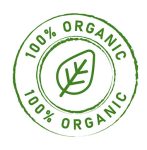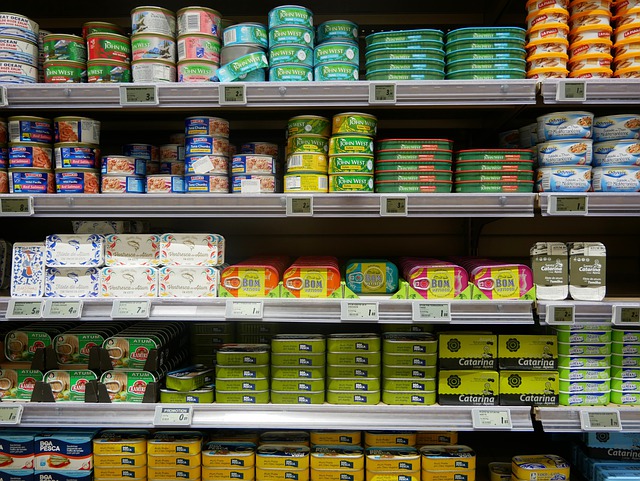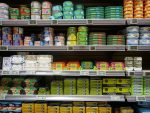With increasing numbers of Americans paying closer attention to the contents of the food they eat, food manufacturers are understandably eager to publicize the health benefits of their products. The FDA allows food manufacturers to make health claims on food labels, but, perhaps not surprisingly, it is strict about how manufacturers make those claims, and all health claims require pre-approval.
First, what qualifies as a health claim? A health claim is any claim on a label or labeling that expressly or impliedly characterizes a relationship between a substance and a disease or health-related condition. The claim may state that increased consumption of a particular substance reduces certain disease risks, or it may state that decreased consumption reduces that risk. The former claim would be associated with a product high in a particular substance, the latter with a product low in a particular substance. A health claim may not state that the substance diagnoses, cures, mitigates, or treats disease. Only pre-approved drugs and medications may carry those claims.
The statement “Adequate calcium throughout life, as part of a well-balanced diet, may reduce the risk of osteoporosis,” is an example of the former type of health claim. It connects consumption of a higher amount of a particular substance (calcium) with the reduced risk of a particular disease (osteoporosis). In contrast, the statement “Diets low in saturated fat may reduce the risk of heart disease” is an example of the latter type of health claim. Note that health claims are different from structure/function claims, which don’t reference a specific disease. The statement “Calcium builds strong bones” is a structure/function claim, a type of claim that does not require FDA pre-approval.
You can find the list of currently approved health claims in the regulations at 21 CFR 101, commonly referred to as Subpart E. As an example, if your product contains calcium and vitamin D, you would look to 21 CFR 101.72 for guidance on how to make a claim on your label that consuming more of these substances reduces the risk of osteoporosis. You would look to §101.75 for guidance on making a claim about reduced saturated fat and heart disease.
Disqualifying Substance Levels
But before you make any health claim, you must first ensure that your product doesn’t contain disqualifying levels of certain substances, namely fat, saturated fat, cholesterol, and sodium. You can find those levels in 21 CFR 101.14. The reason for that requirement is, health claims lead the consumer to believe that the product they are consuming is “healthy.” If, for example, your readymade meal product contains 2,500 mg of sodium, the FDA frowns on you marketing it as healthy, even if you’ve manufactured the meal with increased levels of vitamin D.
Key Criteria To Support “Healthy” Labeling
If your product passes the initial test above and meets the following criteria, you can make a health claim:
- All your statements are consistent with the detailed and specific requirements in Subpart E;
- Your claim is limited to describing the value of either decreased or increased consumption of the substance as part of a total dietary pattern;
- Your claim is complete, truthful, and not misleading;
- All the information is in one place, without intervening material. Note that in place of making a direct claim on the label, you may instead refer the consumer to another location, such as a website, for information about the claim. If you include a graphic image to portray the claim, it must be immediately adjacent to the verbal claim or reference statement;
- The claim enables the consumer to comprehend the information and understand its relative significance in the context of a total daily diet; and
- The particular substance is either low enough or high enough to justify the claim.
These six requirements can be summed up in the following statement: Don’t offer false promises to the consumer. Reduction of disease risk is a lifelong process. No single food or group of foods can work miracles. Consuming a low fat dessert product will probably not protect the consumer from heart disease if she routinely consumes it after enjoying a fast-food meal. Your health claim shouldn’t suggest in any way that it will. After all, you’re selling a food product, not a magic bullet.



















